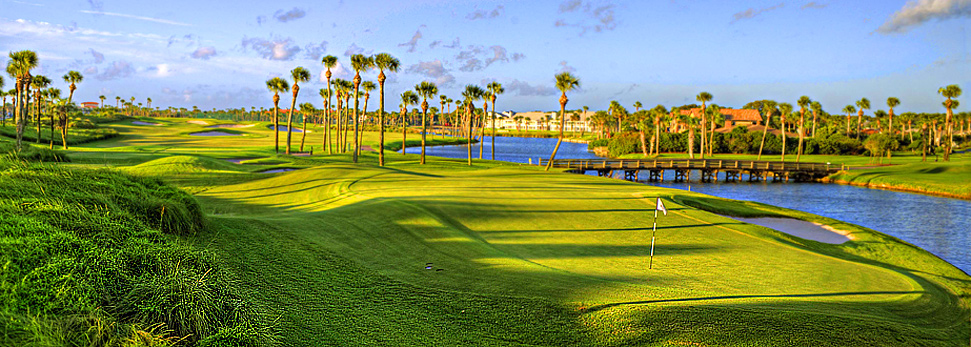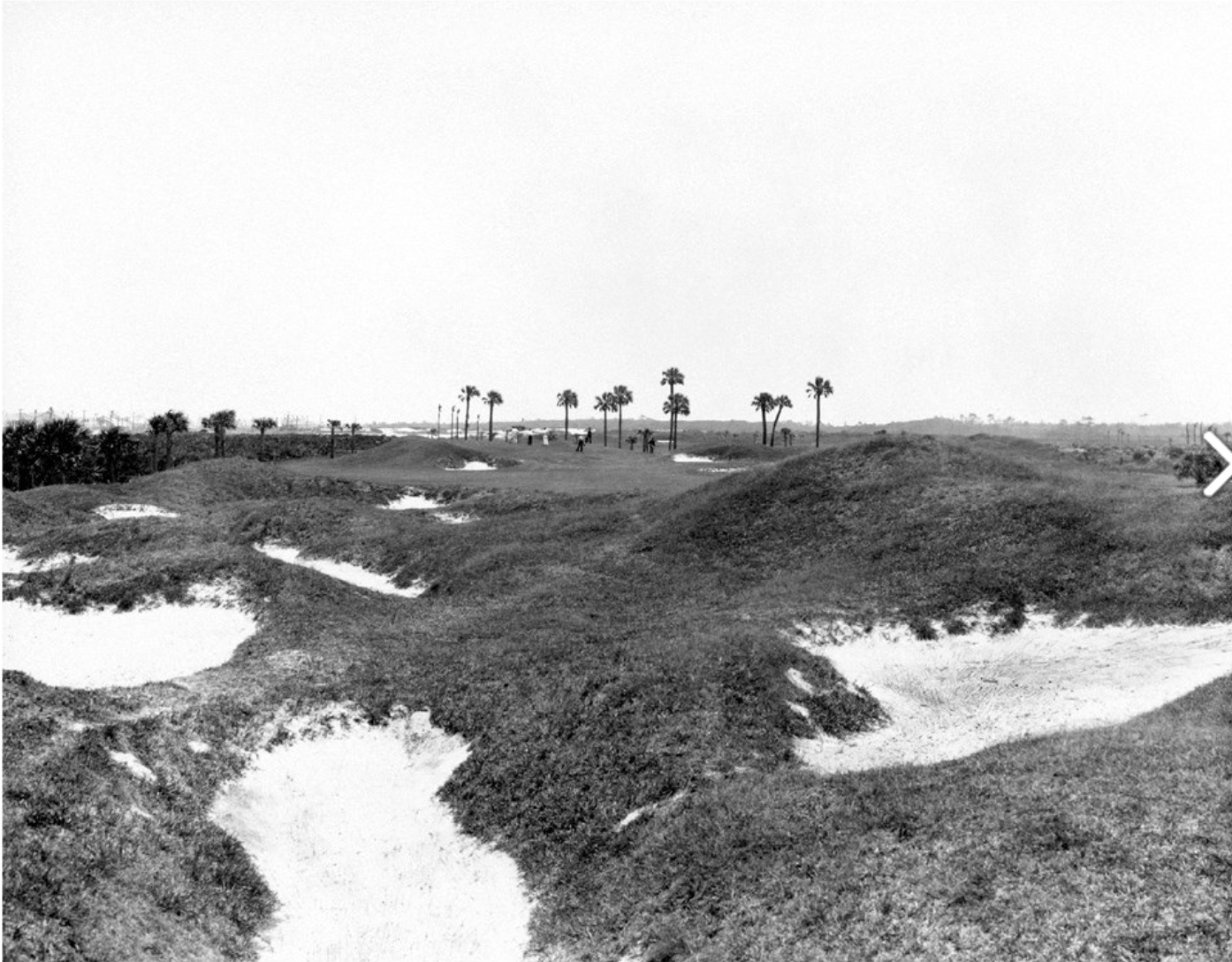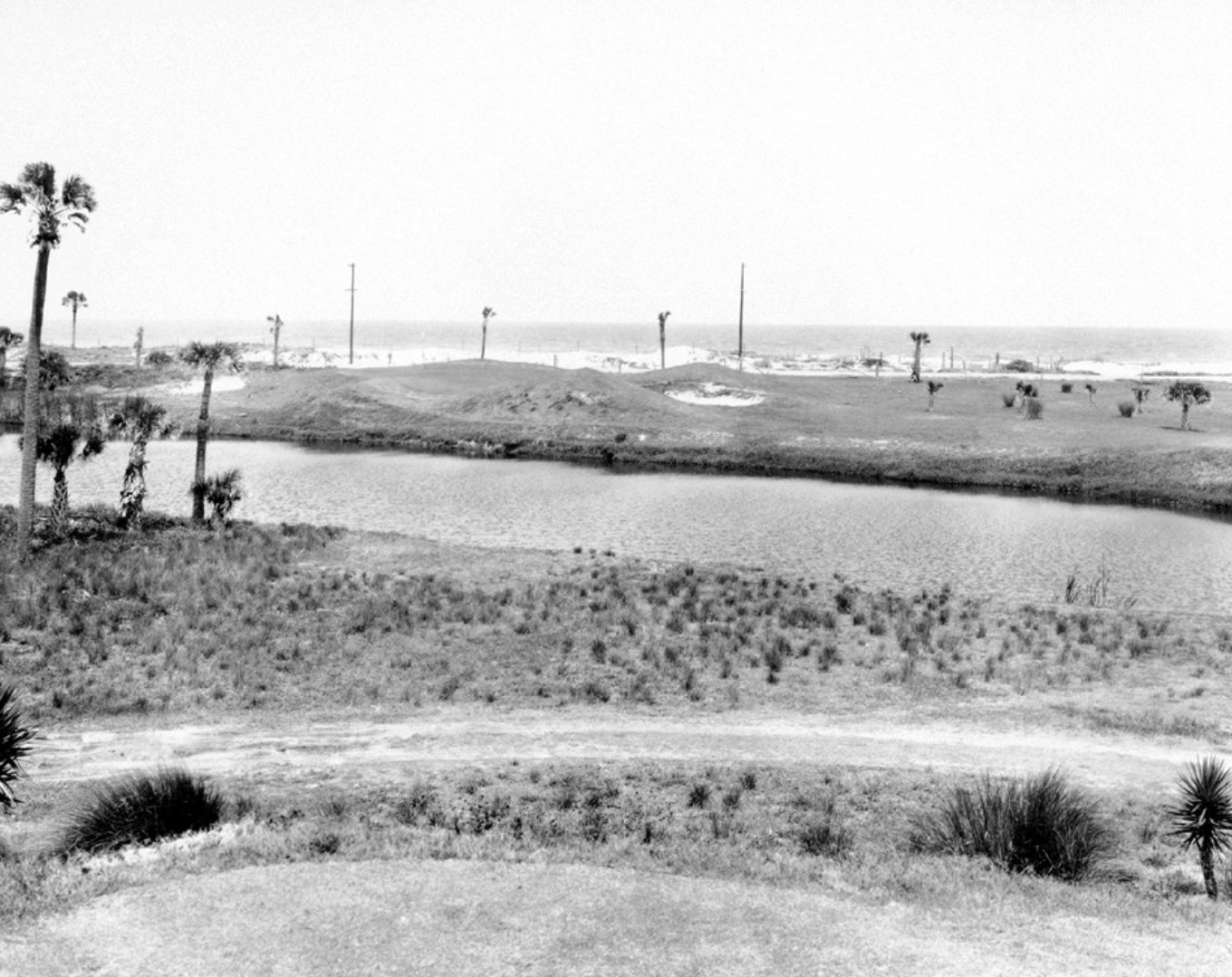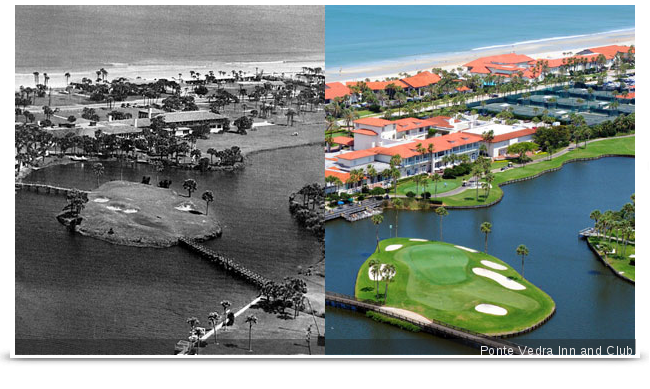A “Strong” Sense of Return at Ponte Vedra Inn

Ponte Vedra Inn & Club’s Ocean Course is a case study for 20th century American golf architecture, in all the glorious madness.
The Ocean Course opened toward the end of the Golden Age in 1928. Its popularity peaked in the 1930’s when the golf press deemed it one of the toughest and best courses in America, and the PGA of America selected it to host the 1939 Ryder Cup matches (which were never played).
In the late 1940s a relatively young Robert Trent Jones modernized the design, bringing it up to the standards of the day in ways similar to what happened at many older clubs following World War II. More nips and tucks and kisses ensued over subsequent decades, and by the time Bobby Weed arrived in the mid-90s to give it some semblance of direction it bore no particular imprimatur or style. (A second, shorter Lagoon Course was built in stages beginning in 1961).

The mid-century changes effectively narrowed the course, shrunk the greens and turned Herbert Strong’s once ferocious bunkers into lifeless blobs.
Weed’s 1998 renovation — some of his best restorative work — recreated what is believed to be the original Strong character. Enough width was restored to the hole corridors to account for the site’s ample coastal winds, and the feature work reinstated a degree of steepness, muscle and attitude, as well as low run-off areas around the greens.
The best of these greens are angled over bunkers and water hazards — the par-4 2nd, par-5 3rd, par-3 12th and par-5 14th being four of the best — with severe putting surfaces that would have been normal for 1938 green speeds but seem thrillingly pronounced today. The par-3 16th, for instance, is just 131 yards, but protected by a canal (dredged by Strong), ocean winds and a shallow green with three different interior levels. It’s all you can want in a short hole.

The first four holes are outstanding but the golf loses steam once its crosses over the aforementioned canal (called Lake Vedra) and turns back the opposite direction. The entire home half, however, is a winner, especially when it forges into a buffered patch of nature at the north side of the property from holes 12 through 15.

The broad 3rd and 17th holes — each southward-running and featuring centerline bunkers staggered from tee to green and big, elevated putting surfaces — are strategic jewels that ask you to figure which of several routes to take home. The tempting little 308-yard 10th (from the back tees), bending ever so gradually along a cove of the canal and reachable with with a tailwind, would be close behind but I’ve heard it’s on the chopping block (to make more room for the expanded driving range) and might not survive when the course reopens in 202 after another update by Weed. (91)
Ponte Vedra Inn & Club—Ocean Course
Ponte Vedra/Jacksonville
Architect: Herbert Strong; renovated by Robert Trent Jones in 1947, and Bobby Weed in 1999
Year: 1928